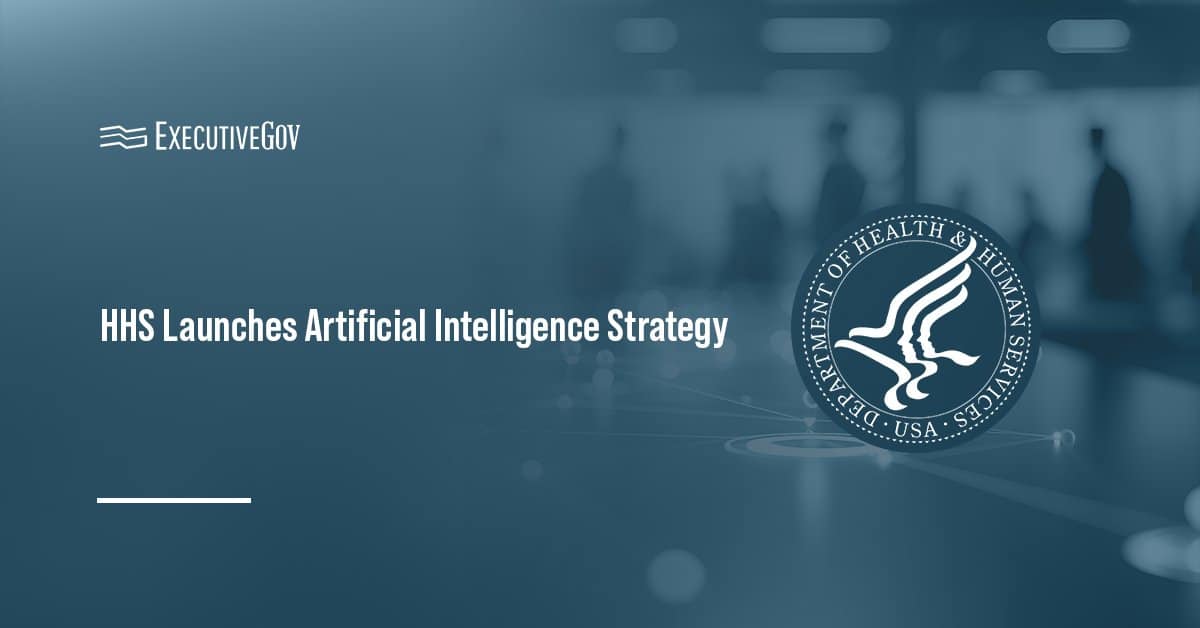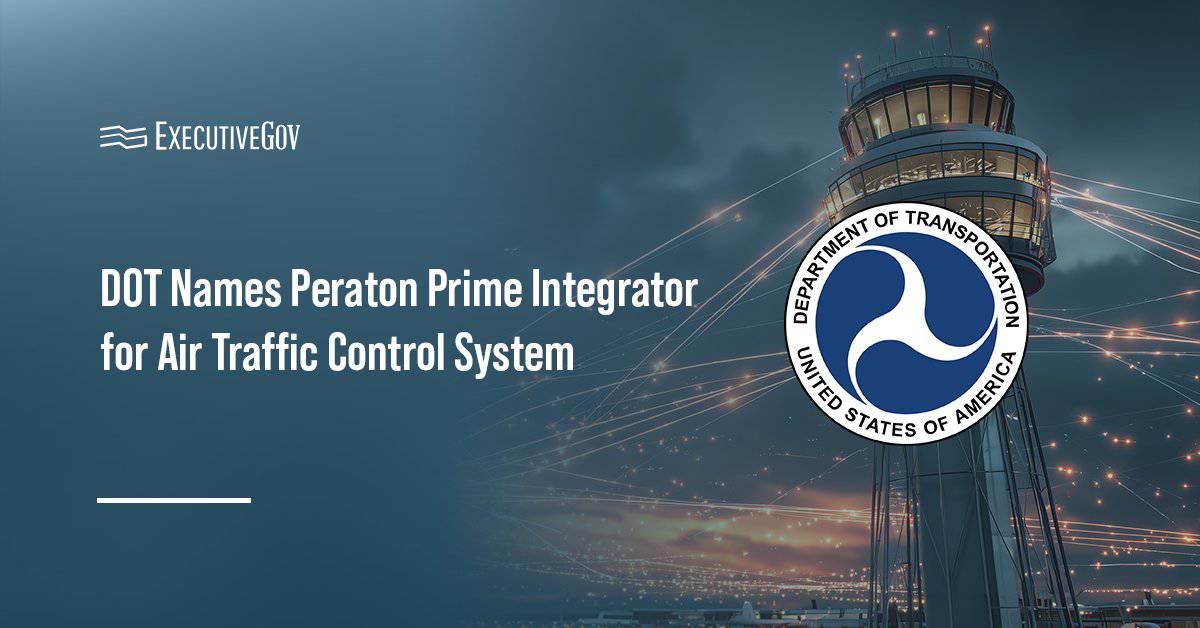The Department of Commerce published in May the final rule for commercial remote sensing satellite platforms and officials at the department's National Oceanic and Atmospheric Administration said the challenge now lies in the implementation of the new regulations, SpaceNews reported Monday.
“It becomes important for us to focus some attention on the implementation details,” said Gil Klinger, chair of NOAA's advisory committee on commercial remote sensing.
Tahara Dawkins, director of the commercial remote sensing regulatory affairs at NOAA, also cited the need to focus on implementation.
“It’s all about implementation,” said Dawkins. “We’re trying to get this right. We’re trying to be as transparent as possible as we move forward.”
The new rules are set to take effect on July 20 and adopt a three-tier approach to licensing commercial remote sensing systems.





